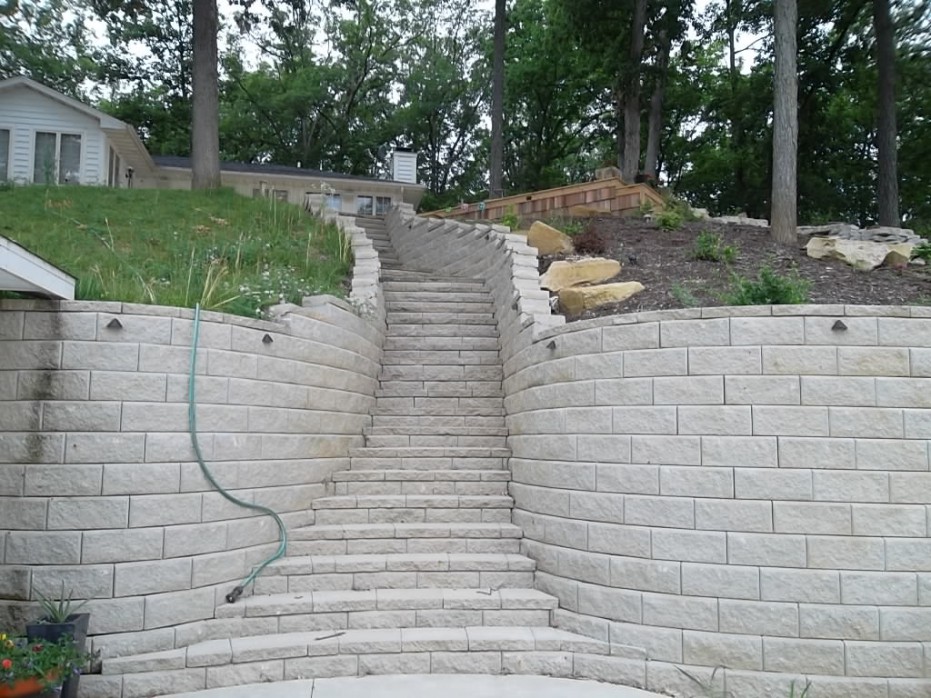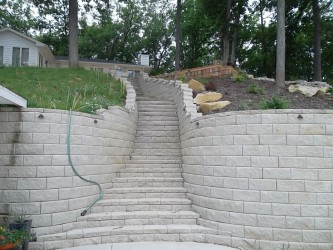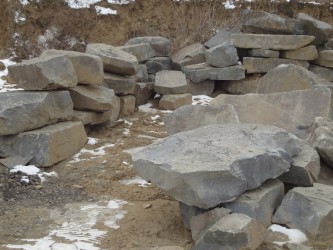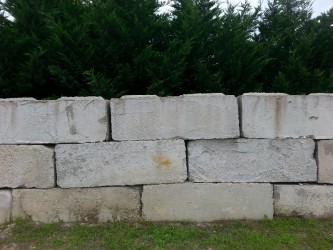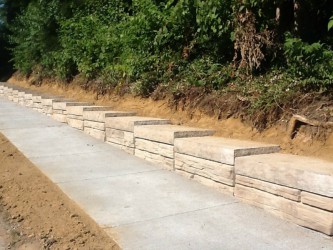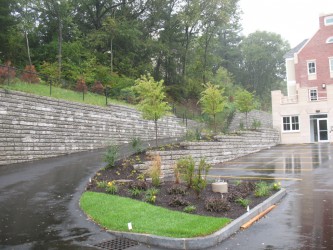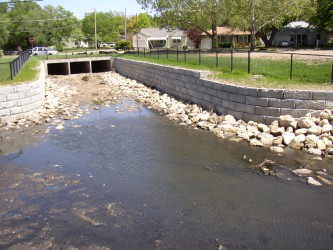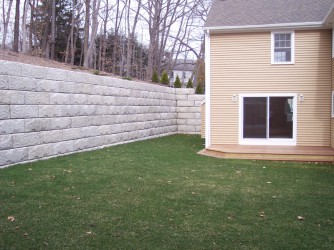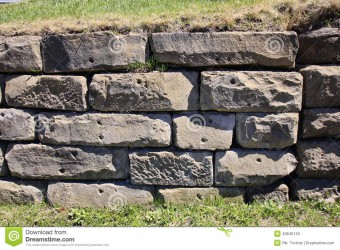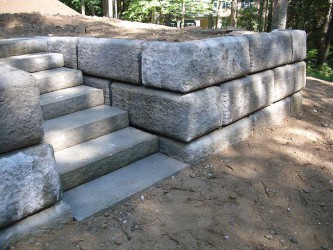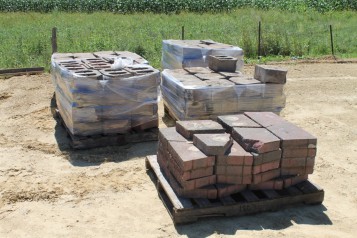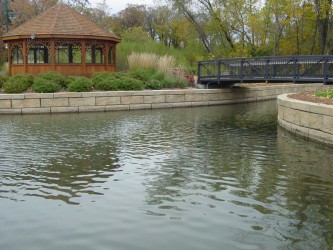How To Make Vegetable Garden Layout
Regardless what purpose you are going to achieve in vegetable gardening, either to provide daily consumption or commercial purpose, you must learn how to create a good layout of vegetable garden. This layout is very beneficial to produce maximum yield no matter how big or small your garden it is. Harvesting fresh vegetable from your own garden is unbeatable compared to supermarket vegetables.
Take a little time in planning, before you decide where you are going to locate your vegetable garden. Once you have decided on a spot, it is important to select which crops you want to grow. Next, you need to decide where they fit best in the garden layout. By proper planning, followed by wise planting at the beginning of the season, there is a big opportunity to have a bountiful harvest this summer and fall. Therefore, here are a few ideas on how to get started.
Location
Choose the sunniest, brightest spot in the whole yard. If there is not such a spot, choose the next sunniest spot, avoiding any areas that are too shady, as leaf-crops are about the only thing that will grow in limited sun. If you are limited for space or do not have a bright, sunny spot in the yard, then you can grow some vegetables in containers on a sunny patio, deck or lanai.
Raised vegetable garden
Considerably, this method is more applicable for maintenance access, especially for those who have to use wheelchairs. Other benefits from this method of growing is you can create a high quality soil preparation by means of amendment and mulch.
Soil Preparation
Another of the key factors in successfully growing vegetables is proper soil preparation. To your existing soil, add generous amounts of organic humus. Compost, peat moss, well rotted manure or processed manure (the bagged stuff) are all good forms of organic humus.
Layout
Once you have decided on the location, which crops and how many plants you are going to grow, it’s time decide where they best fit in the garden. The tall crops such as peas, beans and corn, should be planted on the north side of the vegetable garden. In this way, they will not shade the rest of the vegetable crops.
In the centre of the vegetable garden area, plant the medium sized crops such as cabbage, cauliflower, broccoli, tomatoes, squash, pumpkins and other mediums sized crops.
Then at the very southern end of the garden is where the low growing crops like radishes, carrots, beets, lettuce, onions and other low growing ones are planted.
Whenever possible, the rows in the vegetable garden should run north and south, for best sun exposure and air circulation. If the rows run east and west the first row tends to shade the second row, the second row the third and so forth.
Be careful in planning the layout of your vegetable garden now, before planting, a good layout will ensure the utilization of every space in your garden.
- Gorgeous How to landscape backyard pool on budget
- The Beautiful Of Kitchen Chair Cushions with Ties
- Modern curtain design ideas for bedroom
- how to use bead board wainscoting in bathroom
- How to coordinate the colour of butcher-block countertop with oak cabinets
- Advantages and disadvantages of biodegradable landscape fabric
- Ideas to organize broom closet
